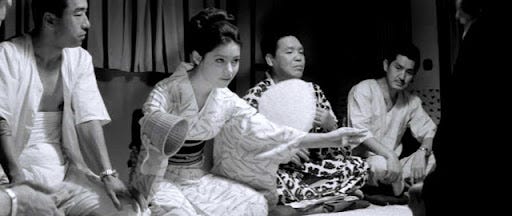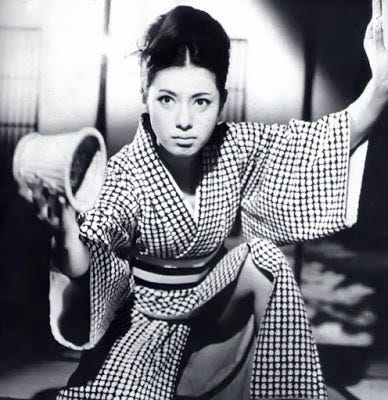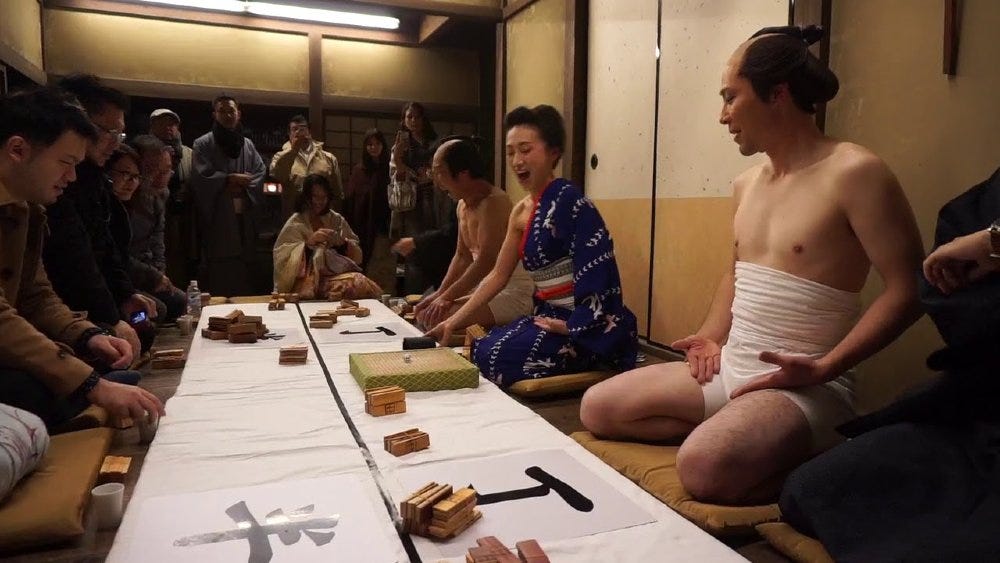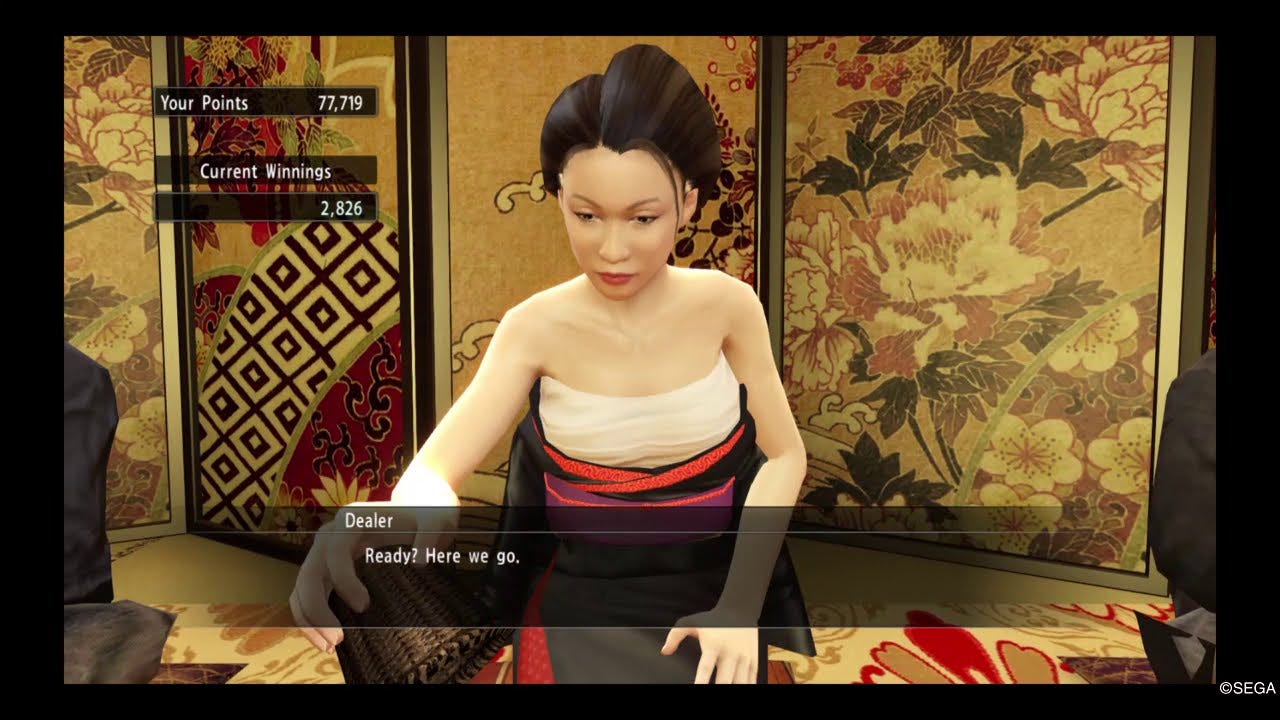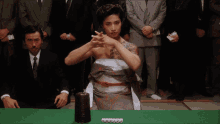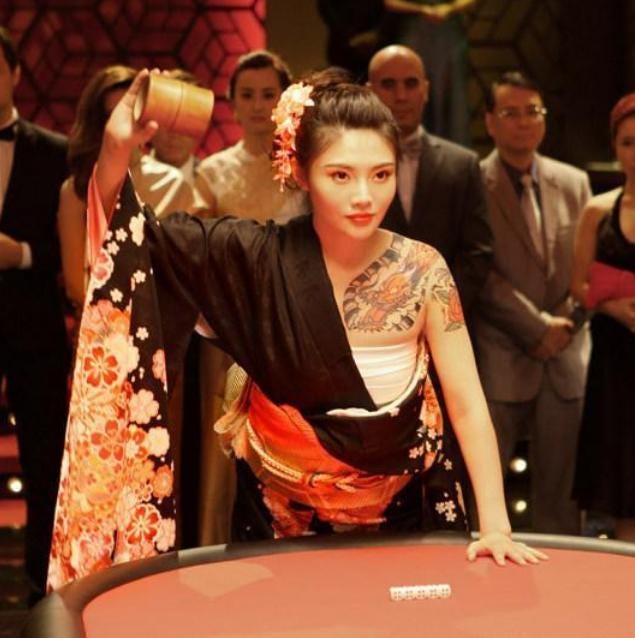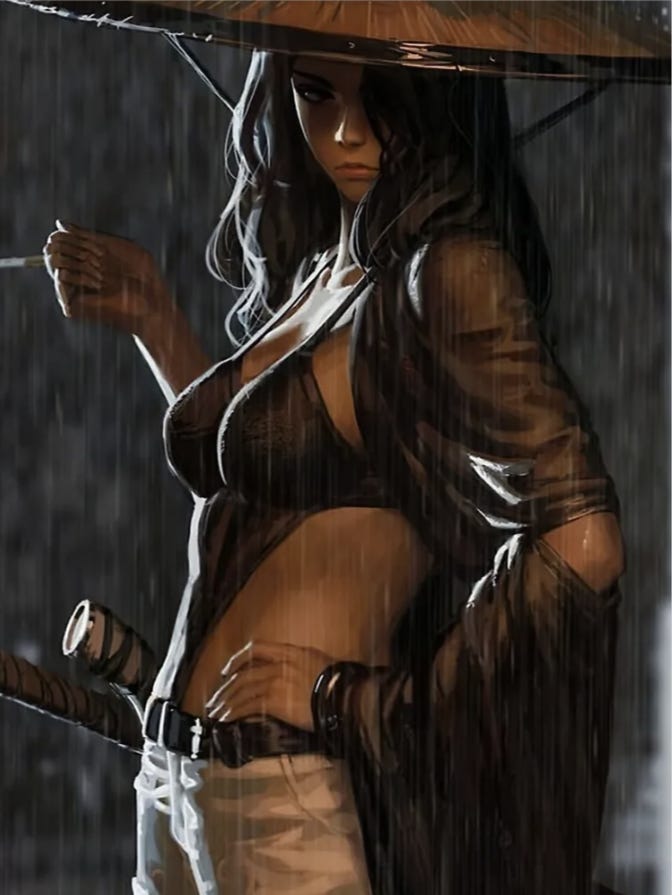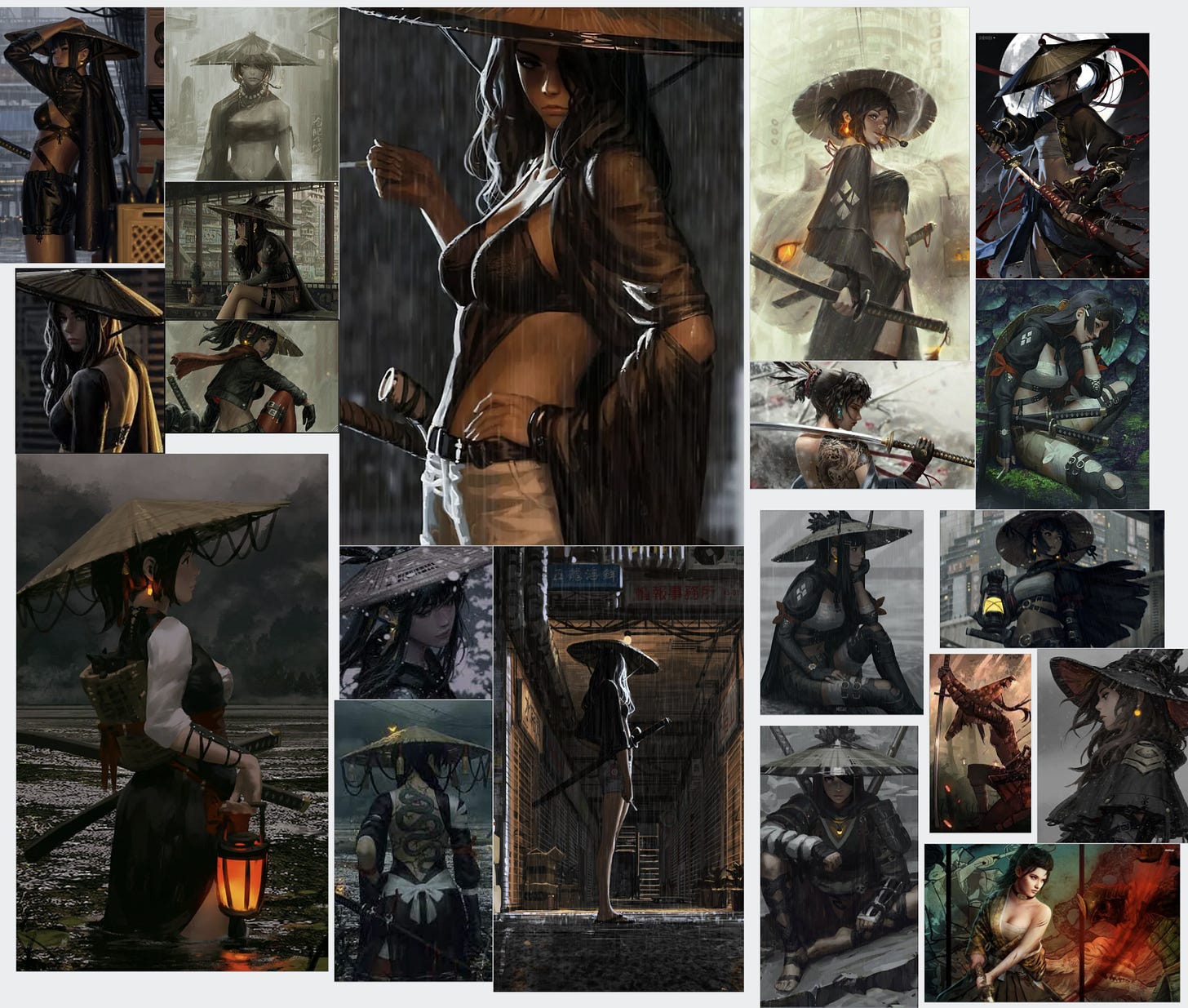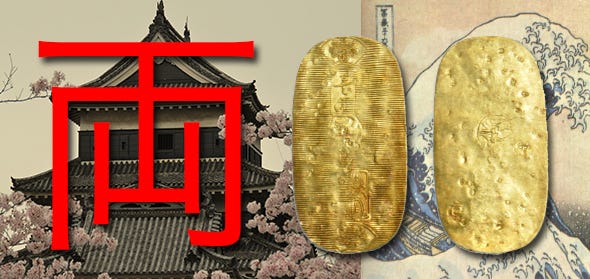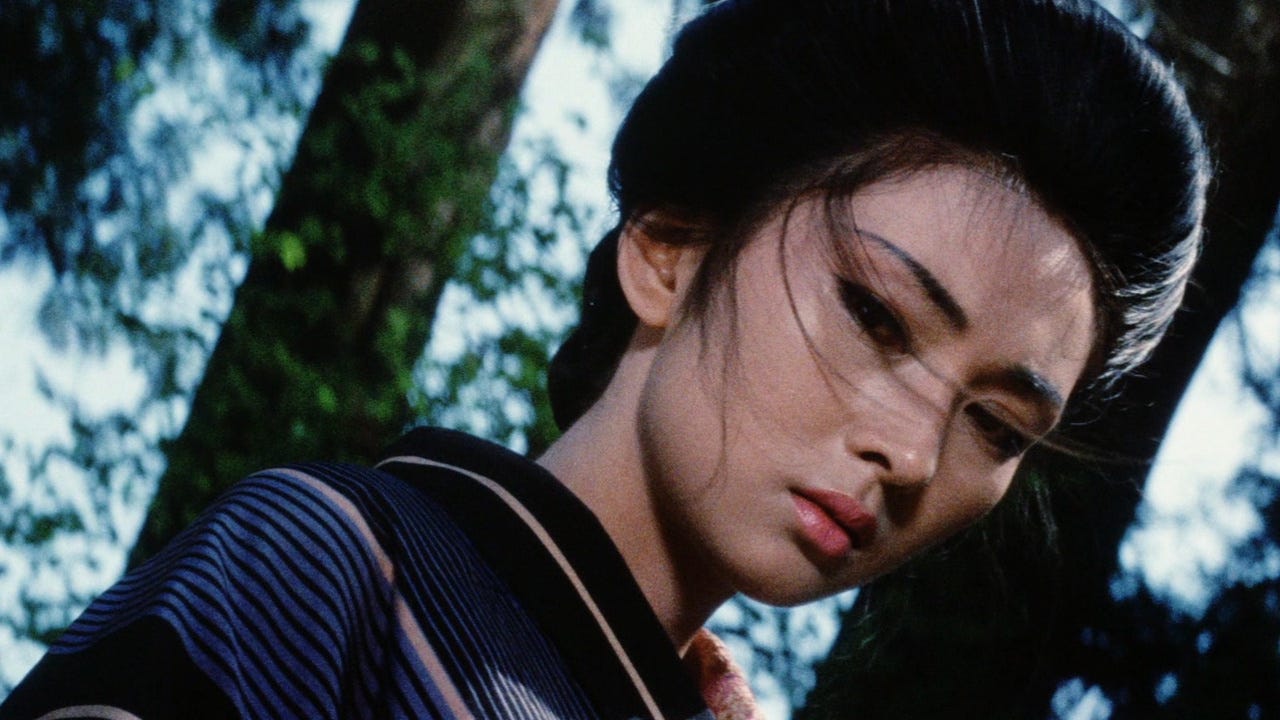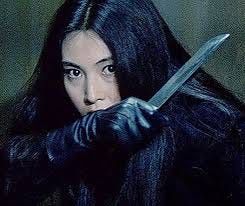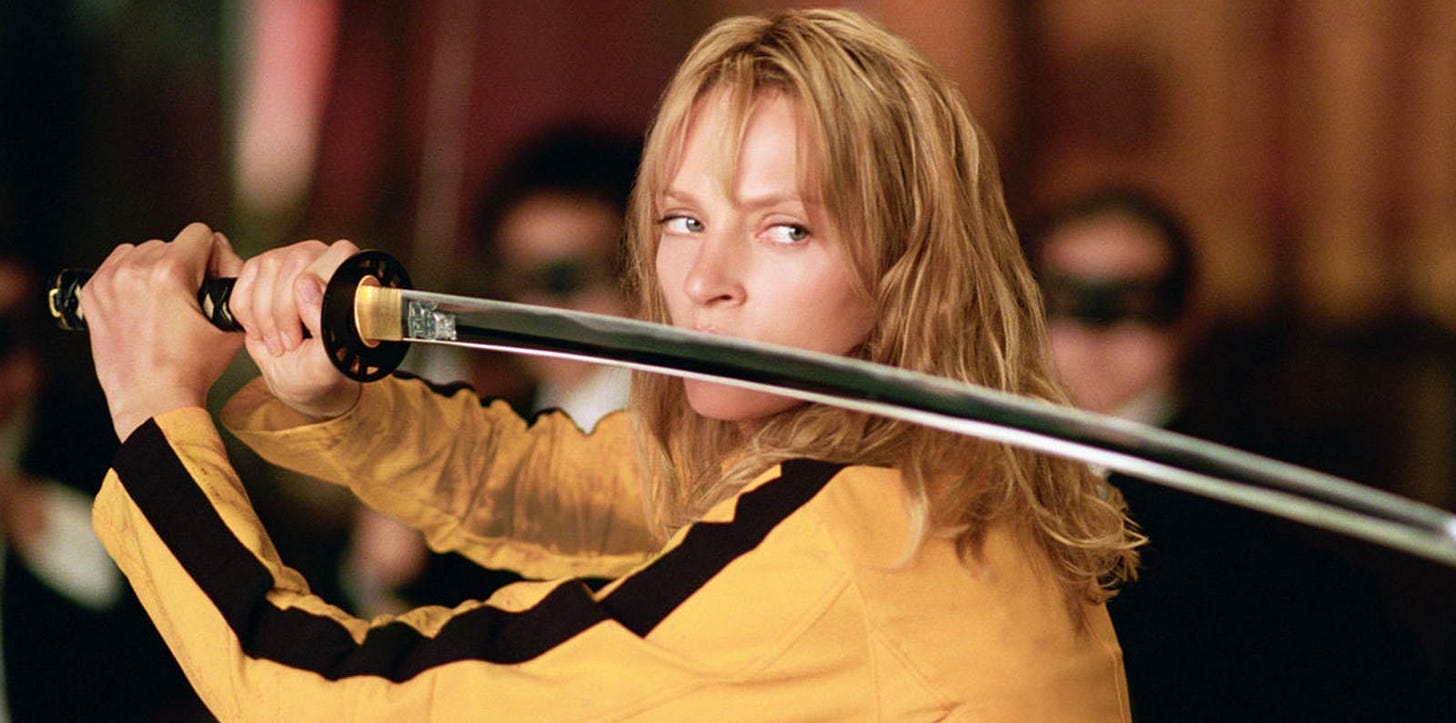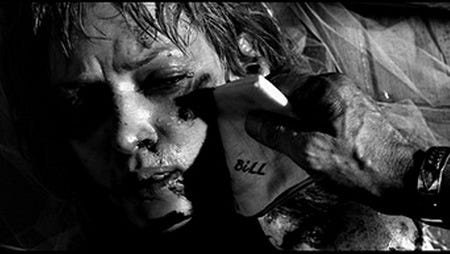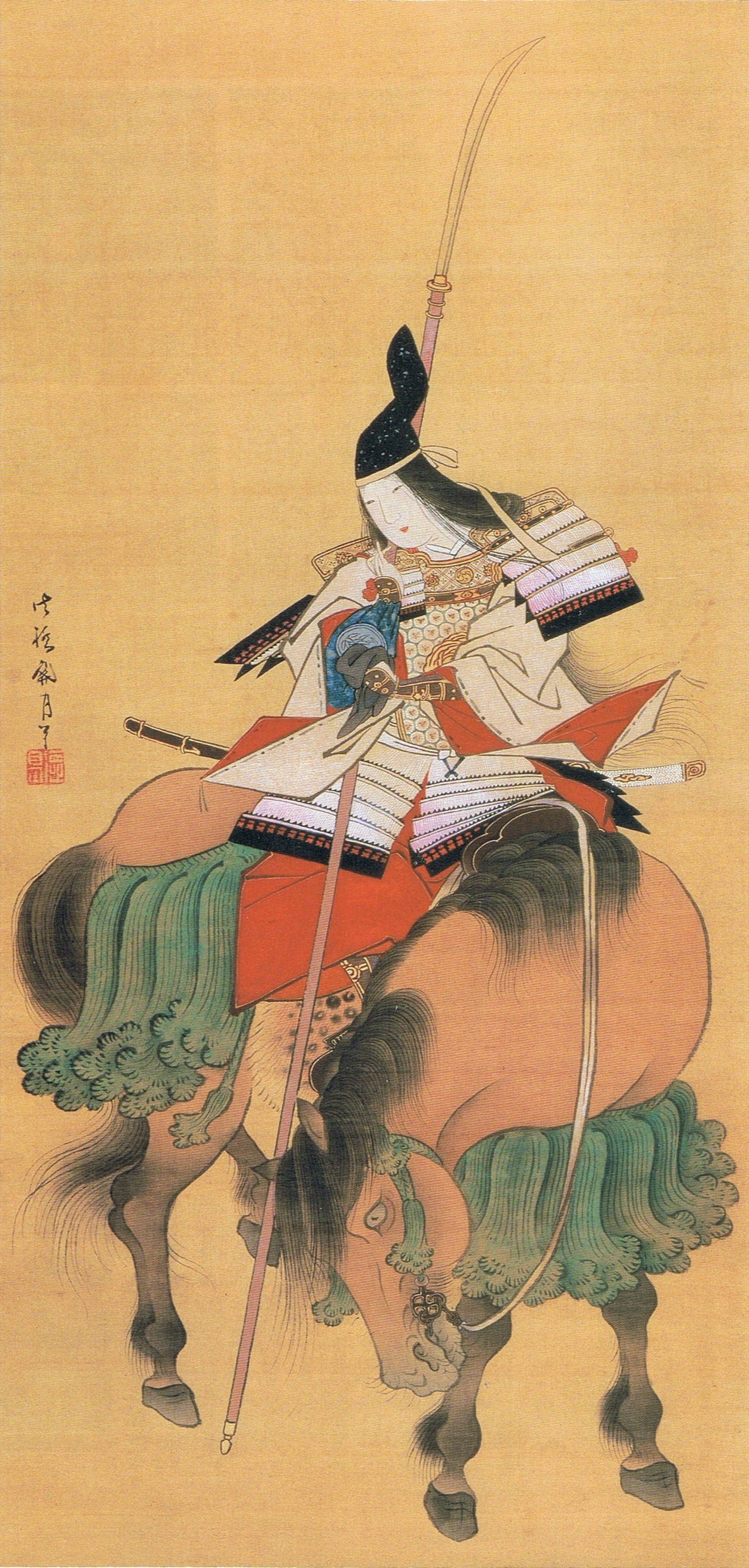The idea to write Revenge of the Bakeneko came from a simple scene:
All-male gamblers surrounding a woman running the traditional Japanese dice game “Cho Han.” This scene plays out in many movies and video games (like the Yakuza games and Rise of the Ronin).
My original idea was to have the gamblers spill various stories during the games with the dealer taking it all in, then eventually there would be some sort of Seven Samurai-type plot to save a village based on some shared stories of cruelty by a roving gang of ronin or yakuza.
Well, luckily I didn’t go down that route, because Seven Samurai-style movies are probably overdone at this point. I found myself focusing more and more on the woman at the center of the den. Upon researching Cho Han, I learned that, unlike the scenes above, the dealer would have the kimono lowered to her waist, leaving her sarashi on. This ensured the dealer couldn’t hide dice in her sleeves during the game.
There are some variations of the dice game (here’s one from Chinese cinema).
What struck me about this one was the lowered dress and tattoo, and Takana Gozen was born. And she still found ways to cheat without the sleeves.
Suddenly I had a morally grey protagonist, and the story flowered from there.
Instead of listening to others’ stories, though, she had her own, and I was so infatuated with the idea that I tried my most serious attempt at outlining.
RotB was the seventh novel I’d written, but I used it as my debut because I felt so confident (and received excellent feedback from betas who’d read all my books to that point and considered it my best). Before this point, my outlines were loose or non-existent. I was sure Pantsing was for me as a writer, as my first three novels didn’t need one.
It soon became apparent that Pantsing wasn’t the answer, though, when I found myself getting blocked up or not having enough material to support an 80k novel, and I’m not into writing short stories. Because of this, I have quite a few works-in-progress languishing in my writing folders.
Back to RotB, I felt I needed to do justice to this strong character, building up an unconventional backstory and an immediate future that could lead to any number of outcomes. The found family in the novel were all pantsed for the most part, manifesting from all the events preceding them.
But with such a strong character as Takana as the sole point-of-view (another rarity, I love multi-POV stories more than single) it focused the story throughout and I didn’t feel like I was pantsing so much as allowing Takana’s tree of influence to grow naturally from an unbreakable base.
Before RotB, I had no idea about mood boards or using character art or anything like that. My novels were all coming from my mind with little outside visual help. Again, I felt so strongly about Takana that I had to do her a little more justice.
For a brief time I was obsessed with buying artwork from Red Bubble, and I came across this impressive, don’t-give-a-fuck beauty:
From there, I utilized my own collection of deviantart pieces and did some more searching to tease out her overall style:
I felt this girl’s loneliness, deadliness, frequent tobacco use, and attitude closely. You can virtually see so many scenes from RotB play out across this board, as well as most of the fashion choices I describe. Throw in the tattoos, and the recipe is complete for tying her to Japan’s criminal underworld.
Next, I had to focus on the setting. People can’t walk around with katana in Japan anymore, so it couldn’t be modern. I had to find a period where tobacco would be in common use, and the yakuza had to exist as well. Both really started spreading around the beginning of the Edo Period (1603-1868), so that nailed down the setting. I chose to start from 1708 since there isn’t much information about very specific events in this period and it would be deep enough for yakuza and tobacco to proliferate.
The other advantage to the early 18th century in Japan was the wild fluctuations of the ryo, which features heavily in RotB. Its value at specific points of time isn’t agreed on by historians, even with sophisticated inflation formulas. I felt this nebulous value could contribute to using one unit of coin throughout the book and not be accused of over- OR undervaluing it.
One last thing I want to mention about Takana Gozen—how pop culture and history influenced her construction.
The most direct influence is Meiko Kaji and her portrayal of Lady Snowblood and Female Prisoner #701: Scorpion
Her raven black hair and the way she looked the same in almost every scene helped solidify Takana’s main look and attitude in the sense of movement beyond what I’d gleaned from her mood board.
As far as her fighting prowess, I had to push it a little further than Meiko’s martial arts (few and far between, often too short, but appreciated for quick deadliness). Takana’s fighting style had to come from a place of high discipline paired with the more-realistic anything-goes fighting one might find outside major cities of the time. Of course, that had to be Beatrix Kiddo—the poster child for brutal, unconventional, dirty fighting with various blades, but heavily-focused on the katana.
But not only can she dish it out, she takes a lot of damage, too. Takana gets put through the ringer after every fight in the book, as does The Bride.
Historically, Takana is heavily influenced by Tomoe Gozen. The last name is an homage, as she’s not a direct descendent. Takana’s mentor, Tomoe, is also an homage (more on her in future posts). If you are unfamiliar with the legend of Tomoe Gozen, I highly recommend going down that rabbit hole. She was an amazing warrior in a male-dominant history of warring Japan.
Next time, I’ll dive into all the other characters of RotB. Thank you for reading!



